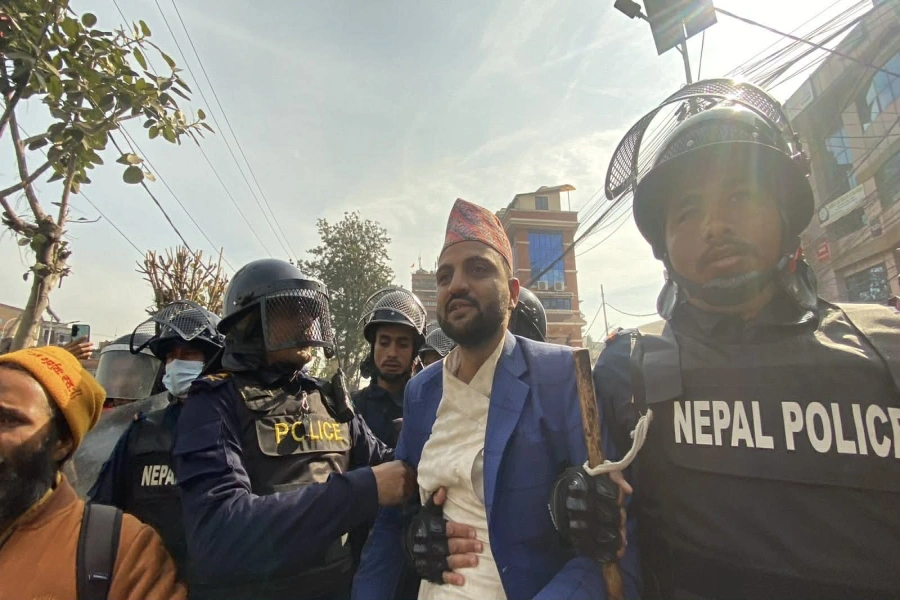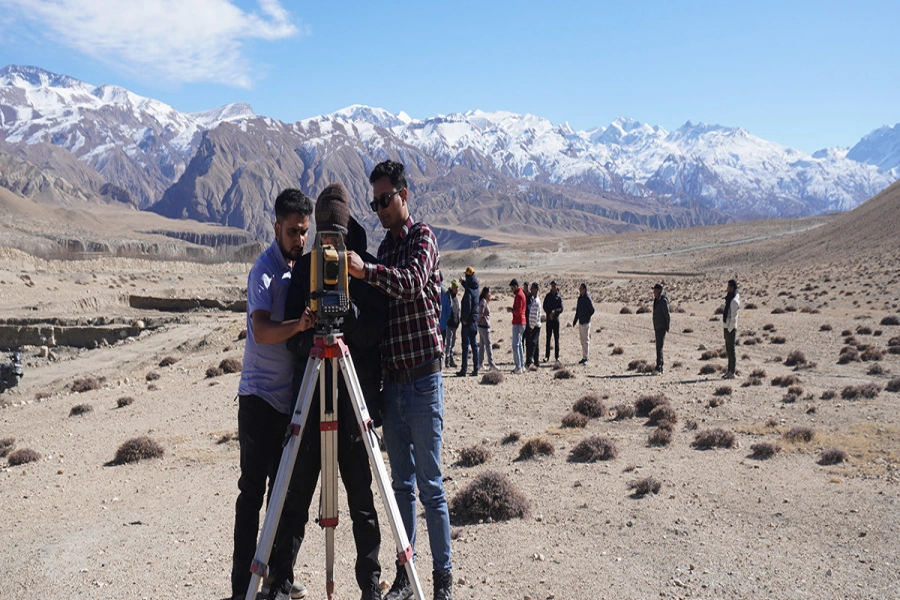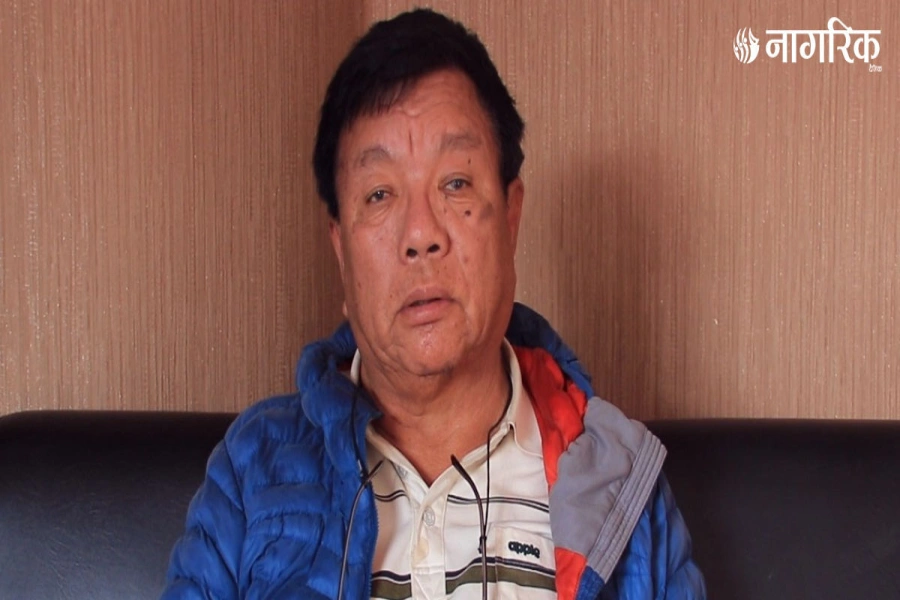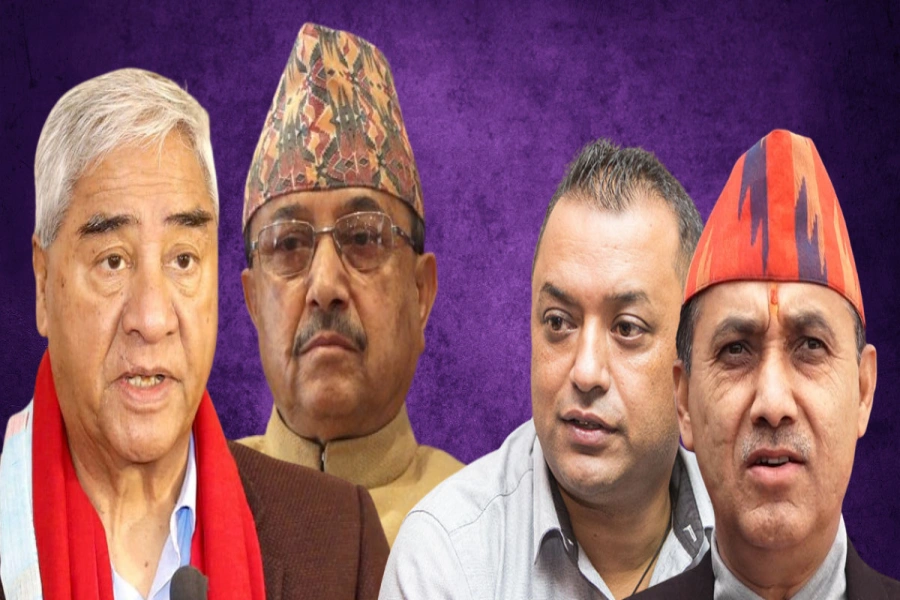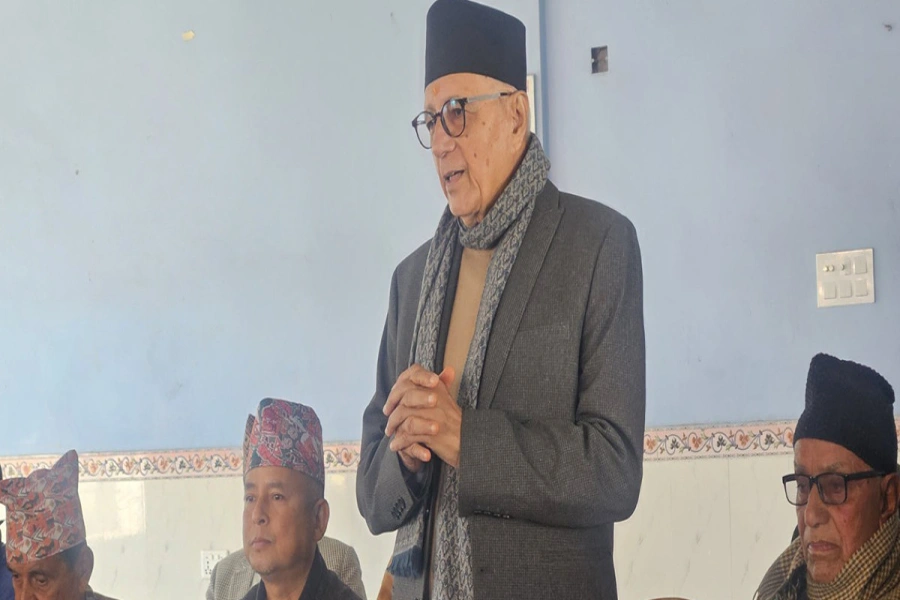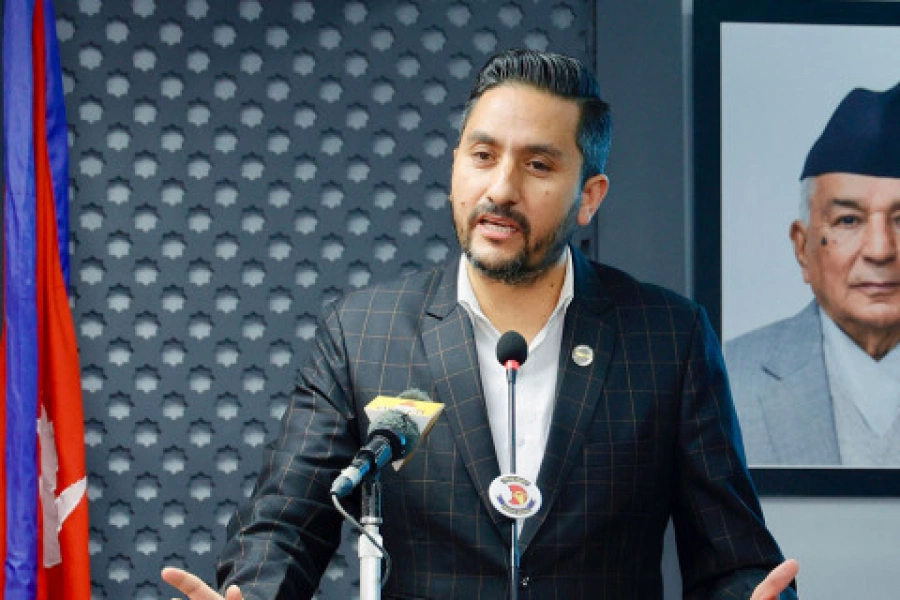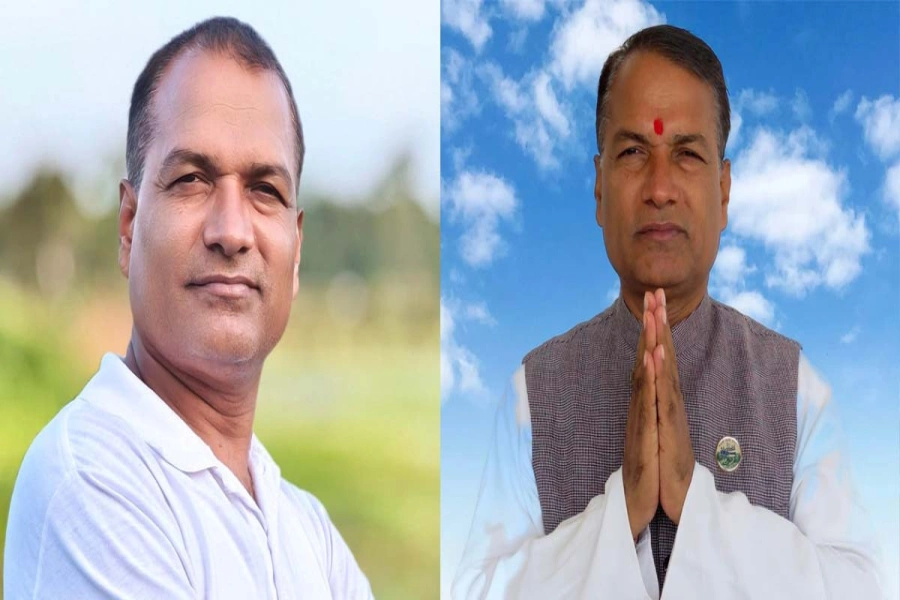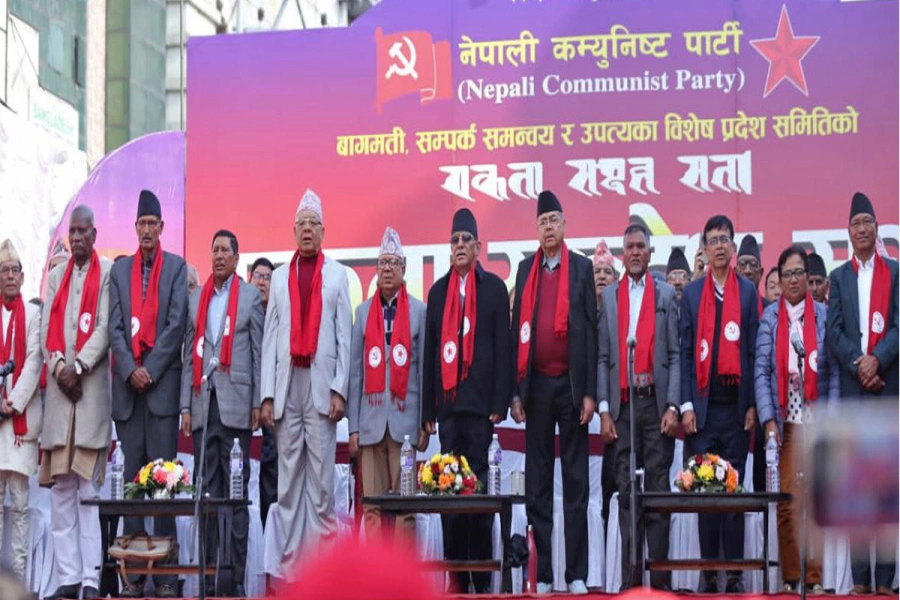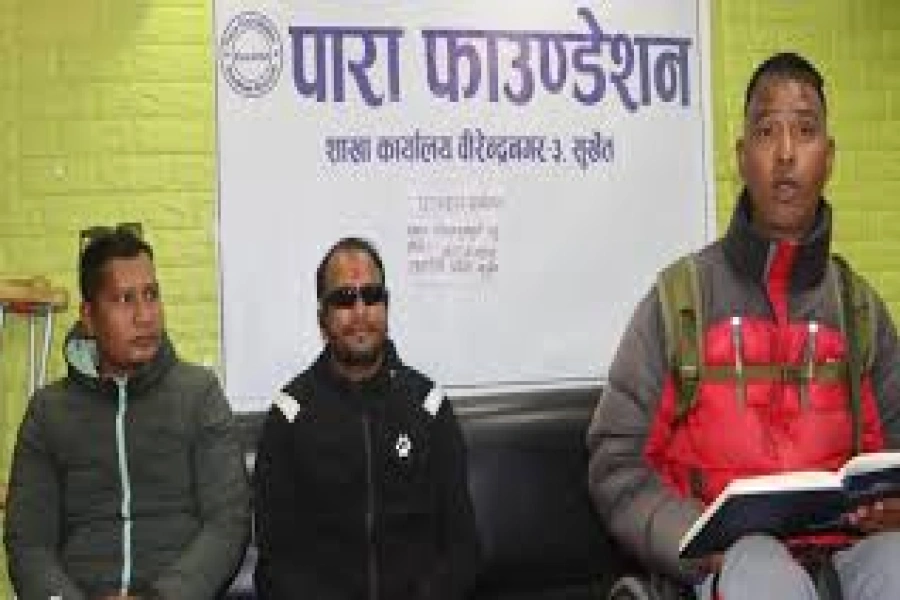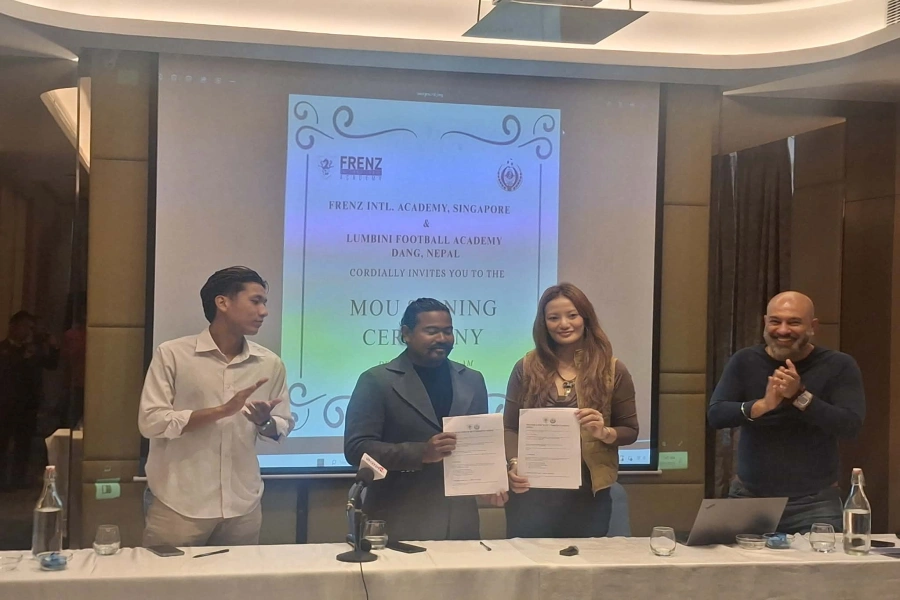The government and NRA, through numbers and visual narratives, presented a success story of the reconstruction but social and political cracks that appeared following the earthquake were different.
The reconstruction process underway since 2015 earthquakes has brought to the fore the powers and the limitations of the Nepali state. At present, the post-reconstruction project and the progress done are being promoted with great fanfare. The government is preparing to extend the term of Nepal Reconstruction Authority (NRA) for one year, with a lot of vigor and confidence. Members and spokespersons affiliated to NRA are busy briefing and branding their accomplishments to various media outlets, in advance. Similarly, its official website (both in Nepali and English) is crammed with events and achievements. Above all, the NRA has attempted to secure the national and international attention towards the longevity and popularity of the present government.
In retrospect, is NRA’s move worth celebrating? Aren't there several loose ends of the past which are being swept under the rug? The intent of this article is not to belittle the role performed by NRA. Rather, the purpose of this article is suggestive. Giving a national priority to all kind of disasters on humanitarian grounds we should build and invest in every kind of effective measures and equal mechanisms at all levels in the future by learning a lesson from the past misdoings.
Looking back on reconstruction
Authorities, local communities pledge to help in Dharahara reco...
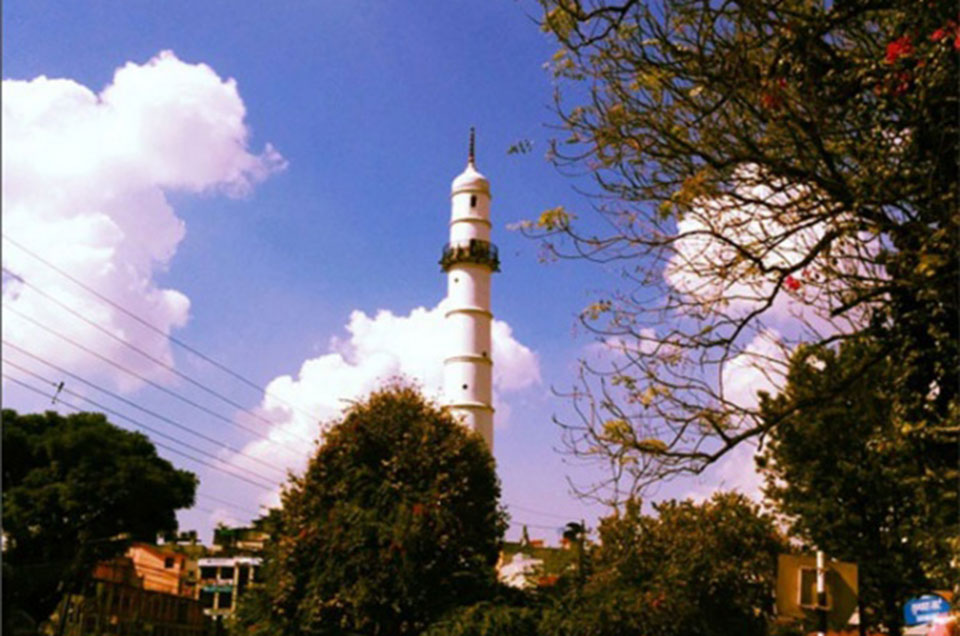
It goes without saying that immediately after the earthquake, government made the best possible efforts to reach out to the donor community. Trillions of rupees were committed by the donor community and reconstruction efforts started. Within this process, NRA was formed. This newly constituted authority was for all practical purpose going to act like a parallel state. It therefore required a strong leadership that would/could wield strong political influence. The politicians were probably aware of these panning outs. Therefore, they handpicked technocrats closed to their respective parties who could virtually work with them and the donors. The NRA prevailed over both within and outside the center.
Reconstruction efforts were hampered not only by the political churnings in the center but also by the local dynamics. The newly elected local representatives saw this as an opportunity to cash in their resource spent during elections. Therefore, in some districts, the representatives not only delayed the cooperation required from the local authorities but also were actively involved in seeking succors from the resources to be allotted for the reconstruction. Those journalists who had visited various affected areas have observed the skewed efforts by some of the local representatives who cropped dummy candidates to receive compensation and relief allowances offered by the government. Any candidate seeking compensation required recommendation by the local elected authorities. Hence, reconstruction effort became a mini site for the local politicians to play out new forms of rent seeking and patronizing politics. This article by no means intends to disparage some of the genuine efforts made by the federal government. Against the grain, the attempt rather is to showcase the cracks that emerged in the efforts of the government.
Cracks on the wall
While these acts were being played out at the local level, the story at the center was different. From the perspective of the federal government, reconstruction effort was also an opportunity to demonstrate its legitimacy particularly in the wake of violence that took place after the promulgation of constitution in 2015. The government, in fact, made every attempt to divert the narrative of the post-constitution violence into sympathy from the larger international community. In doing so, the government was able to play with the quantitative data. The narrative of the state focused on the numbers—the number of beneficiaries receiving tranches of reconstruction grants, the number of affected people, or the materials distributed for reconstructing or the number of people deployed to facilitate the reconstruction effort.
These efforts helped the government to expand its infrastructural power to reassert its authority in the already fractured political landscape. It was amazing to see the ability of the state to speak in numbers. In fact, efficiency of the state to count numbers made this author realize that it is not just the narratives through which state bolsters itself, but also by counting—whether it is houses, infrastructures, corpses, and the lives of the individuals. Based on these macro aspects of the statecraft, the federal government was able to portray the rhetoric of success not just to its own citizens but also to the development partners who had footed some of the bills of the reconstruction efforts. The government and the NRA through the numbers and visual narratives presented a success story of the reconstruction arguing that Nepal offered a model case for others to follow suit. These claims may work for the government to strengthen its own image. However, the social and the political cracks that appeared following the earthquake were different and need to be revisited.
NRA may be patting its back for some of the efforts but how much of socio-cultural history was accounted for in the reconstruction effort remains a major question. Rebuilding effort was narrated only as mere building of houses. Hence, the socio-cultural and spatial dynamics of reconstructing a house and the ownership of the building by the family concerned cannot be ignored. For instance, the attempt to create uniformity in reconstruction material by using cements and corrugated metal panels remind the author that modernity flowing through the state has created a complexity. Similarly, compared to the human life, the infrastructures were given high priority. Large volume of money and energy has been spent on those infrastructural buildings. Largely, this has directly benefitted the profiteering businesses.
Likewise, the state actors involved in reconstruction also failed to take cognizance of the idea of family itself. There are also the cases where the authorities built a two-room house for the family of five, thereby completely ignoring the privacy as well as collectivity for the families is distressing in itself. The idea of nuclear family seems to have dominated the state's effort in reimagining the family where the built infrastructures geared towards the need of nuclear families. Have the state authorities failed to acknowledge the diversity of family structures in Nepali societies?
The preceding paragraphs have not only charted out, although briefly, how the state galvanized itself in the post-earthquake situations but also some of the whys for doing so. The author believes that disasters create new form of ruptures in societies allowing both state and societies to reflect on their respective relationships. The Nepali state not only made an attempt to reassert itself as the sole arbitrator for its citizens but also portrayed itself as the guarantor for ushering development to its inhabitants. However, in creating these grandiose about the capabilities of the state, the lego-political entity somehow failed to come to terms with the fact that its capabilities and efforts will be scrutinized carefully.
There is no doubt that the state is a very important entity in crisis and holding societies together. However, the actors of the state sitting in their respective ivory towers should not undervalue their fellow citizens. Citizens, in today's time and age are also armed with mechanisms not just to monitor the performance of their respective states, but also are in a position to offer a rationally informed critique of the mega entity. Hope, this loss and repair has taught all of us to live and learn.





